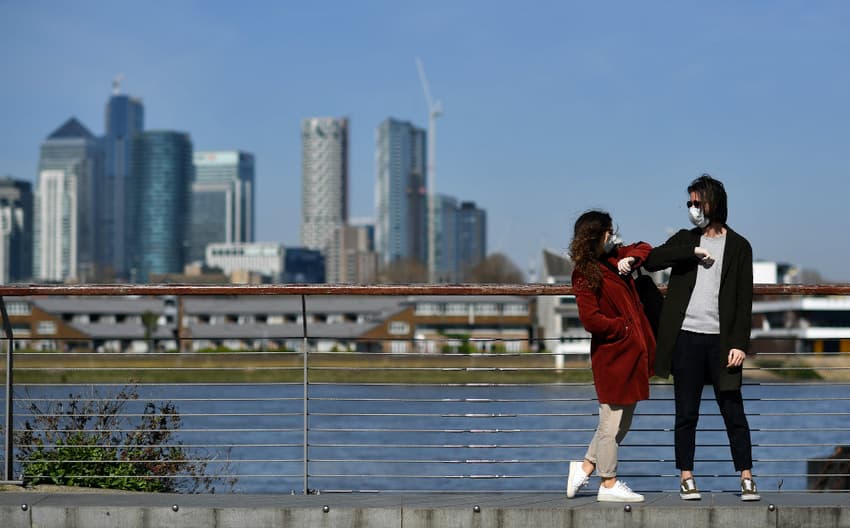Denmark adds 'elbow-greeting' and 'superspreader' to national lexicon

Covid-19 appears to leaving its mark on the Danish vocabulary.
Dansk Sprognævn, the regulatory body of the Danish language under the Ministry of Culture, has added 43 new words to its reference book of new Danish words.
Several of the new words and phrases are related to the coronavirus pandemic, including albuehilsen (elbow greeting), superspreder (superspreader) and social distancering (social distancing).
New words are included in the reference book if they have entered normal usage and a certain amount of geographical spread.
They can later be added to the dictionary which sets correct spelling for the Danish language (Retskrivningsordbogen), provided their use becomes established or if they are difficult to spell or have unusual grammar.
The word also albuehilsen has a pre-2020 use, meanwhile, so it doesn’t only mean the awkward elbow greeting which has replaced the handshake in countless situations this year.
It has seen the light previously as a term used to describe a form of physical contact in football – often just called “elbowing” in English.
Other Covid-related words to be entered in the new reference book are flokimmunitet (herd immunity) and kontakttal (reproduction rate, R-number).
Non-pandemic words include naturnationalpark (national nature park), and sølvpapirshat (tin foil hat).
A phrase added to the book, skud ud til, can be translated to ‘shout out to’. This is possibly based on a misinterpretation of the English expression – skud means ‘shot’, not ‘shout’.
READ ALSO: Is the Danish language really that hard to learn?
Comments
See Also
Dansk Sprognævn, the regulatory body of the Danish language under the Ministry of Culture, has added 43 new words to its reference book of new Danish words.
Several of the new words and phrases are related to the coronavirus pandemic, including albuehilsen (elbow greeting), superspreder (superspreader) and social distancering (social distancing).
New words are included in the reference book if they have entered normal usage and a certain amount of geographical spread.
They can later be added to the dictionary which sets correct spelling for the Danish language (Retskrivningsordbogen), provided their use becomes established or if they are difficult to spell or have unusual grammar.
The word also albuehilsen has a pre-2020 use, meanwhile, so it doesn’t only mean the awkward elbow greeting which has replaced the handshake in countless situations this year.
It has seen the light previously as a term used to describe a form of physical contact in football – often just called “elbowing” in English.
Other Covid-related words to be entered in the new reference book are flokimmunitet (herd immunity) and kontakttal (reproduction rate, R-number).
Non-pandemic words include naturnationalpark (national nature park), and sølvpapirshat (tin foil hat).
A phrase added to the book, skud ud til, can be translated to ‘shout out to’. This is possibly based on a misinterpretation of the English expression – skud means ‘shot’, not ‘shout’.
READ ALSO: Is the Danish language really that hard to learn?
Join the conversation in our comments section below. Share your own views and experience and if you have a question or suggestion for our journalists then email us at [email protected].
Please keep comments civil, constructive and on topic – and make sure to read our terms of use before getting involved.
Please log in here to leave a comment.